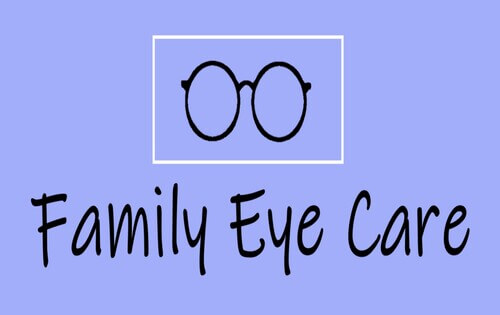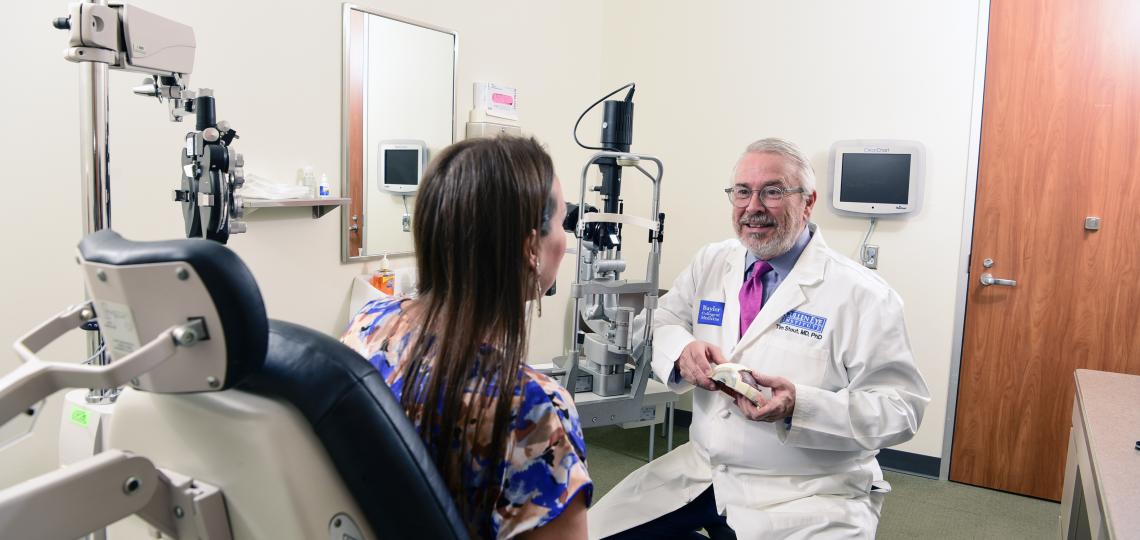The Complete Breakdown of Retina Disorders and How They Affect Your Vision
The complex network of cells in the retina plays a critical function in equating light into the images that enable us to perceive the world around us. Retina problems can interrupt this fragile procedure, causing a variety of vision impairments. Recognizing the complexities of these problems is essential for realizing how they influence your vision and the prospective ramifications they might have on your overall eye health. By exploring the anatomy of the retina, common disorders that can affect it, their causes, symptoms, and available treatment choices, we can acquire useful insights into maintaining and protecting our vision.
Review of Retina Composition
The complex structure of the retina works as the foundation for aesthetic perception and plays a vital function in the process of transforming light into neural signals for the mind to interpret. Situated at the back of the eye, the retina includes numerous layers that work together effortlessly to help with vision. At the core of this complex framework are photoreceptor cells known as cones and poles. Rods are accountable for vision in reduced light conditions and finding motion, while cones are vital for color vision and detailed visual acuity. These photoreceptor cells transform light energy into electrical signals that are then processed by various other retinal cells, such as bipolar cells and ganglion cells. The bipolar cells beam from the photoreceptors to the ganglion cells, which subsequently send these signals via the optic nerve to the brain for visual processing. Understanding the elaborate composition of the retina is fundamental in understanding how vision features and just how various retina conditions can impact visual perception.

Common Retina Disorders
Retina conditions include a variety of problems that affect the intricate structure of the eye in charge of aesthetic processing. One usual disorder is age-related macular degeneration (AMD), a leading cause of vision loss in individuals over 50. AMD impacts the macula, a part of the retina vital for sharp central vision, leading to blurriness or dead spots in the central aesthetic area.
One more prevalent condition is diabetic retinopathy, occurring in people with diabetes mellitus. High blood sugar degrees harm the blood vessels in the retina, causing vision impairment or loss of sight if left unattended. Retinal detachment is a significant problem where the retina retreats from its typical setting, triggering a sudden onset of floaters, flashes of light, or loss of vision in a curtain-like pattern.
Lastly, retinitis pigmentosa is a group of hereditary conditions that cause the break down and loss of cells in the retina, resulting in night loss of sight and a steady narrowing of the aesthetic area - neurologist Andalusia. Recognizing these usual retina problems is essential in maintaining vision and seeking prompt medical treatment
Sources Of Retina Disorders
Various aspects contribute to the advancement of retina disorders, consisting of genetic proneness, lifestyle options, and underlying health problems. Hereditary tendencies play a significant duty in lots of retina problems, such as retinitis pigmentosa and macular degeneration. People with a family history of these conditions go to a higher danger of developing them because of acquired genetic anomalies affecting the retina's feature.
Lifestyle options can likewise affect retina wellness. Cigarette smoking, for instance, has actually been linked to a boosted risk of age-related macular degeneration, an usual retina disorder that can cause vision loss. Poor nutritional behaviors doing not have vital nutrients like vitamins A, C, and E, along with omega-3 fats, can additionally add to the advancement of retina disorders.
Diabetic retinopathy, a complication of diabetic issues, can create damages to the blood vessels in the retina, leading to vision problems. Hypertension can result in hypertensive retinopathy, where high blood pressure affects the blood vessels in the retina, potentially causing vision problems.
Symptoms and Medical Diagnosis
Given the substantial influence that creates such as hereditary predispositions, lifestyle choices, and underlying health problems can have on the growth of retina disorders, it is necessary to recognize the signs and utilize effective analysis techniques for early discovery and administration. Signs of retina disorders can differ depending upon the specific condition however might consist of blurred or distorted vision, the abrupt look of floaters or flashes of light, a dark place in the center of your vision, or a gradual loss of central vision. It is vital to look for prompt clinical interest. if you experience any of these symptoms.
Identifying retina disorders typically entails a thorough eye assessment, which may consist of aesthetic skill tests, dilated eye exams, optical comprehensibility tomography (OCT), fluorescein angiography, or other imaging tests. Your eye care copyright may additionally ask about your case history and any kind of household history of eye conditions. Early discovery with regular eye examinations is crucial to avoiding vision loss and handling retina disorders successfully. Your medical care service provider will certainly function with you to develop an individualized therapy plan to preserve your vision. if detected with a retina problem.

Treatment Options and Monitoring
Treatment choices for retina conditions vary depending on the underlying cause and intensity of the condition. In cases of retinal detachment, medical treatments such as vitrectomy or scleral buckling might be needed to avoid and reattach the retina vision loss.
In diabetic retinopathy, taking care of blood sugar level degrees is essential to avoid additional damages go to website to the capillary in the retina. Additionally, therapies like laser surgical treatment or injections may be recommended to lower swelling and stop vision loss. Routine eye exams and early detection of retina problems are necessary for successful management and therapy end results. Clients with retina problems must work very closely with their ophthalmologist to establish a customized therapy strategy that addresses their particular requirements and assists keep optimum aesthetic function.
Conclusion
Finally, understanding the composition of the retina, typical conditions, causes, symptoms, diagnosis, and therapy options is important in handling vision impairments. Retina conditions can significantly affect vision and lifestyle, making early detection and correct management vital. By remaining educated regarding these conditions and seeking appropriate treatment, people can much better preserve their vision and keep overall eye health and wellness.

Recognizing the intricate composition of the retina is essential in understanding just how vision functions and how numerous retina conditions can influence visual perception.
Retinal detachment is a severe disorder where the retina draws away from its typical setting, triggering an abrupt start of drifters, flashes of light, or loss of vision in a curtain-like pattern.
Signs and symptoms of retina problems can differ depending on the specific problem but may consist why not find out more of blurred or distorted vision, the abrupt appearance of floaters or flashes of light, a dark spot in the center of your vision, or a gradual loss of main vision.In final thought, recognizing the composition of the retina, usual disorders, triggers, signs and symptoms, diagnosis, and therapy alternatives is vital in managing vision impairments.